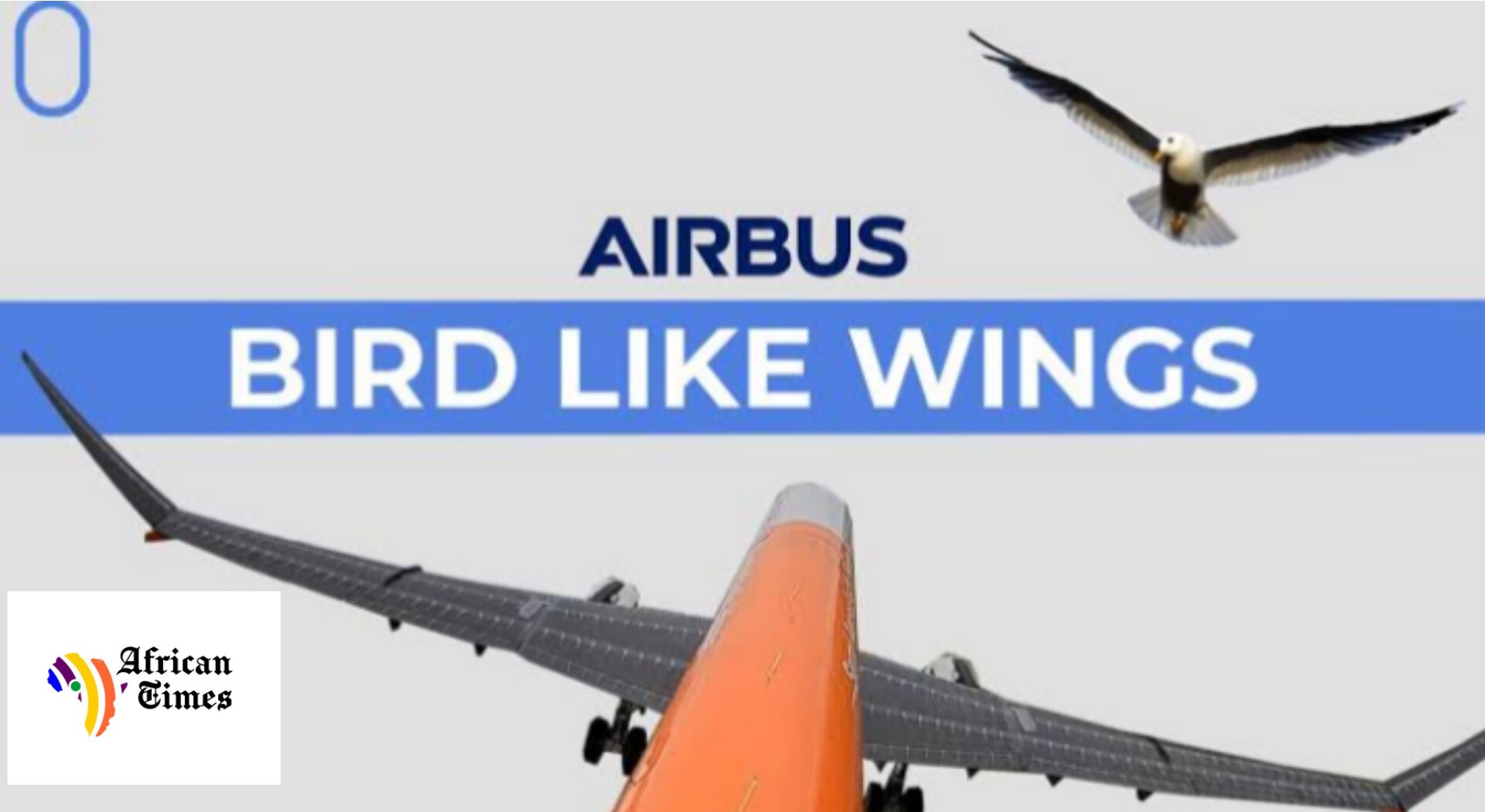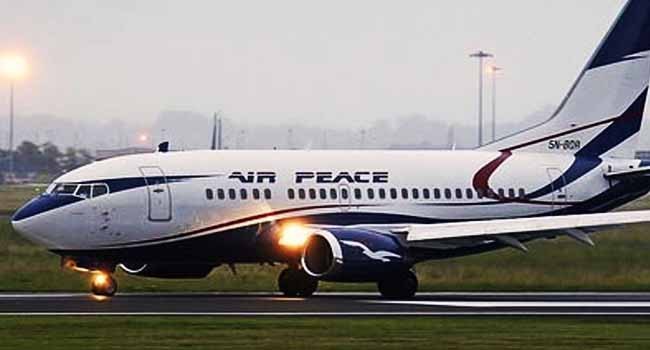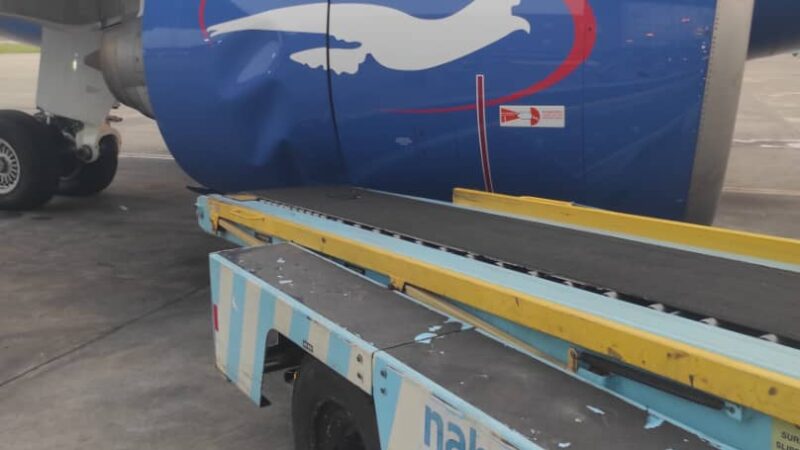Airbus to test revolutionary ‘Flapping Wings’ as it aligns with NetZero aviation targets

Airbus has invested millions of euros into the Filton aerospace campus near Bristol to launch the “Wing of Tomorrow” initiative, a groundbreaking move that could reshape passenger aviation in the near future.
The Times UK reports that the project aims to revolutionise wing design, not only by enhancing jet engine efficiency but also by optimising wing shape to significantly reduce fuel consumption.
The programme’s initial findings suggest that future wings should be 25 per cent longer, increasing the wingspan of the A320 family of narrow-body, short-haul jets from 36m to 45m.
Airbus has achieved this by utilising composite materials, making the wings lighter compared to the traditional aluminum alloy used for the past four decades.
The sleeker and more slender wing design, theoretically, claims a fuel saving in the single-digit percentage points.
To validate this design, initial testing-to-destruction will occur this month at the state-of-the-art Airtec (Aerospace Integrated Research & Test Centre) in Filton.
Daily African Times gathered that the longer wings pose a challenge for parking at busy airports, prompting Airbus to simultaneously develop a folding wing tip.
This innovative hinge allows the last 4.5m of the wings to be positioned vertically, facilitating parking. The motorised hinging will also undergo testing at Airtec early this year.
Taking inspiration from nature (the birds), the designers and engineers are exploring the possibility of developing a wing tip that can be rotated in flight.
This adaptation aims to better utilise or counter wind conditions, mimicking the efficient flight maneuvers of birds like albatrosses.
The “flapping wings” will undergo testing in the American desert this year, attached to a modified drone version of a 12-seat Cessna Citation business jet.
Sue Partridge, an industry veteran leading Airbus’s Wing of Tomorrow program for six years, emphasised the goal of making wings longer, lighter, and more high-performing.
She said the next step involves scaling up to produce a flying demonstrator, introducing added complexity and cost.
“The programme is about making the wings longer and lighter and more high-performing and then to imagine how a bird uses its wings to adapt in flight and coming in to land, how the wing shape changes.
“The next job is to scale up and produce a flying demonstrator. It will add extra complexity and extra cost, but if it gives us a few extra percentage points’ performance in fuel-burn and toward decarbonisation in our sustainable aviation targets, then it may well be the way to go,” said Partridge.
The jet manufacturer hopes that if the initiative contributes to improved fuel efficiency and aligns with sustainable aviation targets, it may become the cornerstone of Airbus’s next-generation aircraft.
The final decision rests on the technology’s maturity, optimisation for manufacturing production, and enhanced performance.
With the introduction of flapping wings and other initiatives underway, Airbus aims to provide a broad array of choices for the next generation of aircraft.







